When building a comprehensive benefits package, many business owners are (understandably) grateful just to be able to offer medical coverage. But some employers also tend to leave out voluntary benefits, which can enrich the employment experience and be a helpful recruitment tool for potential employees — all at little or no cost to the employer. If voluntary benefits are outside your purview, check out this quick-reference guide to fill in the blanks.
What Are Voluntary Benefits?
While the definition of voluntary benefits has become somewhat blurred over the years (and are sometimes referred to as worksite benefits or even ancillary benefits) they are, for the most part, insurance products meant to fill in healthcare gaps where health, dental, and vision insurance might not reach, and can increase the value of your employee benefits package. Typically, voluntary benefits are paid in full by the employee and made easy through payroll deductions — most of the time at a lower rate than what can be found on the individual market and frequently taken out of wages pre-tax.
Common examples of voluntary benefits include:
- Accident Insurance: Provides compensation to employees if they suffer major physical harm due to an accident. Some insurance policies even reimburse employees for seeing their doctor a couple times per year.
- Critical Illness: Provides a lump sum to enrollees in the event of a critical illness (such as a heart attack or stroke) which can be used to pay medical or non-medical expenses (like child-care) while an employee is unable to work.
- Cancer Insurance: In the event of a cancer diagnoses, an enrollee receives money with which to pay for treatment and sometimes, to help pay non-medical expenses.






















